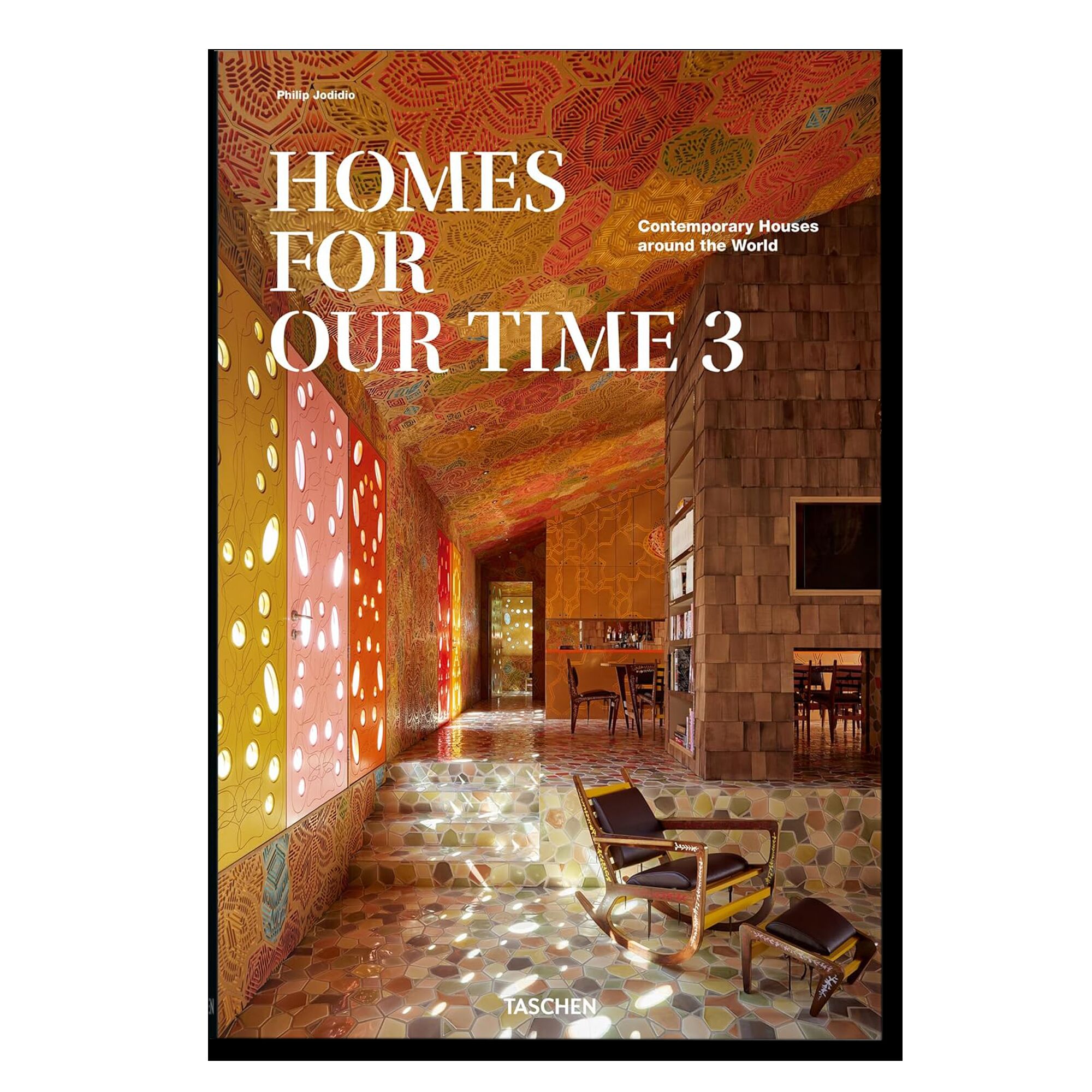New Public Spaces. European Urban Streetscapes of the 21st century
- Год: 2023
- Язык: английский
- ISBN: 9783944425276
- Страниц: 344
- Обложка: мягкая
- О книге
With the transformation of formerly car-friendly roads, a new topic in urban planning is established. The conversions documented in this book respond to current changes, especially climate change, creating city-space typologies that were so far unknown. The book gathers 28 examples of converted street spaces from 14 European cities. All have been documented in drawing and photographic manner and described in detail in their conception and mode of action. Only already implemented projects have been selected. They have the advantage that the feasibility of the sometimes radical transformations no longer has to be proven, that they have to prove themselves in practice as new rooms can be experienced and studied in their effect. The big topics are the inevitable coping of the climate impact, the long-overdue traffic turn and the recovery of urban space for the inhabitants discussed almost consequentially for decades. The documented examples react very differently to the concentrated challenges, but for all they react. Not all solutions are fully mature, there is a forekey and trial - the training of a new type of road is in the middle of the creation. Some very successful examples have been admired for more than ten years, unfortunately without their good role model finding a perceptible precipitation in the picture and in the planning practice of German cities. This is at the core of the fact that saying goodbye to the car as a main means of transport does not want to succeed. However, without a clear decision for the significant decline of car traffic, none of the present projects could have been implemented. Space for more bike and foot traffic, trees and seepage areas are only available if space for cars is reduced. "The new public" therefore wants to promote the conversion of roads and encourage imitation. It is aimed at planners, mayors, politicians. At best, it should lead to discovery trips to European neighbouring cities, because nothing is as convincing as the walk-in original. The roads documented here are eye openers and proof that it is possible to fundamentally transform roads.









